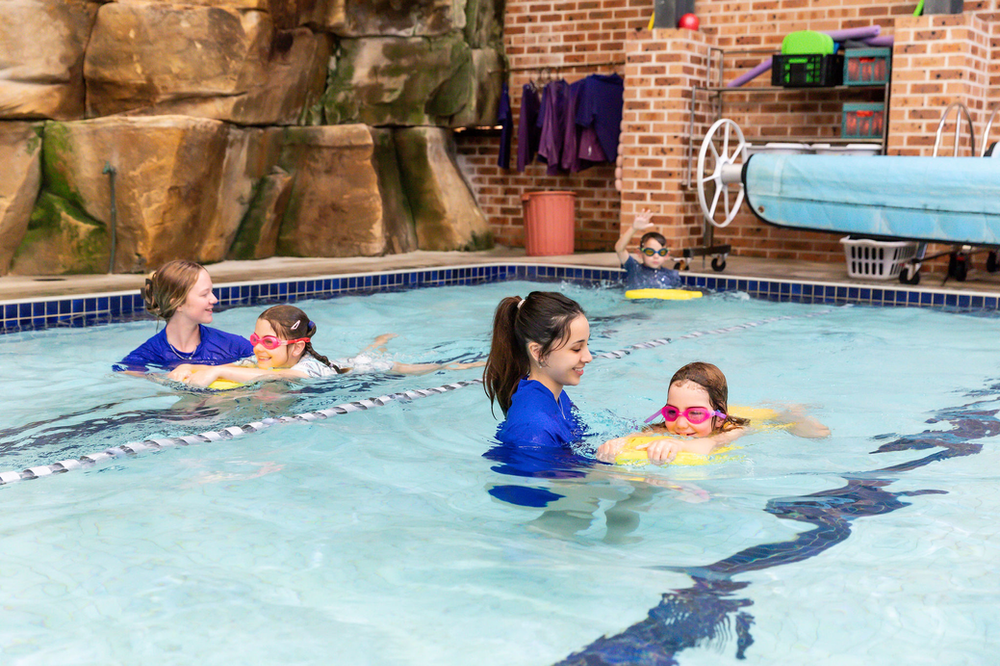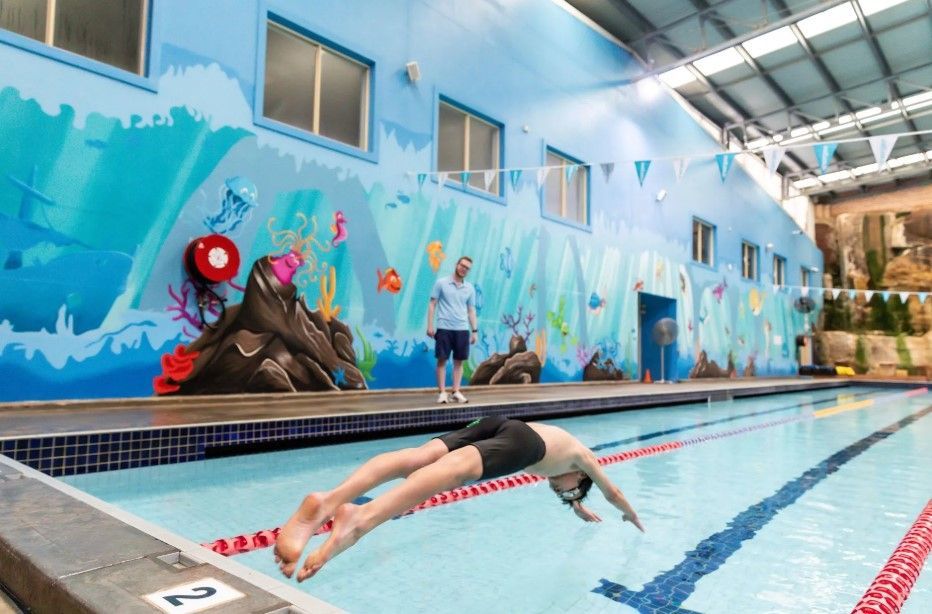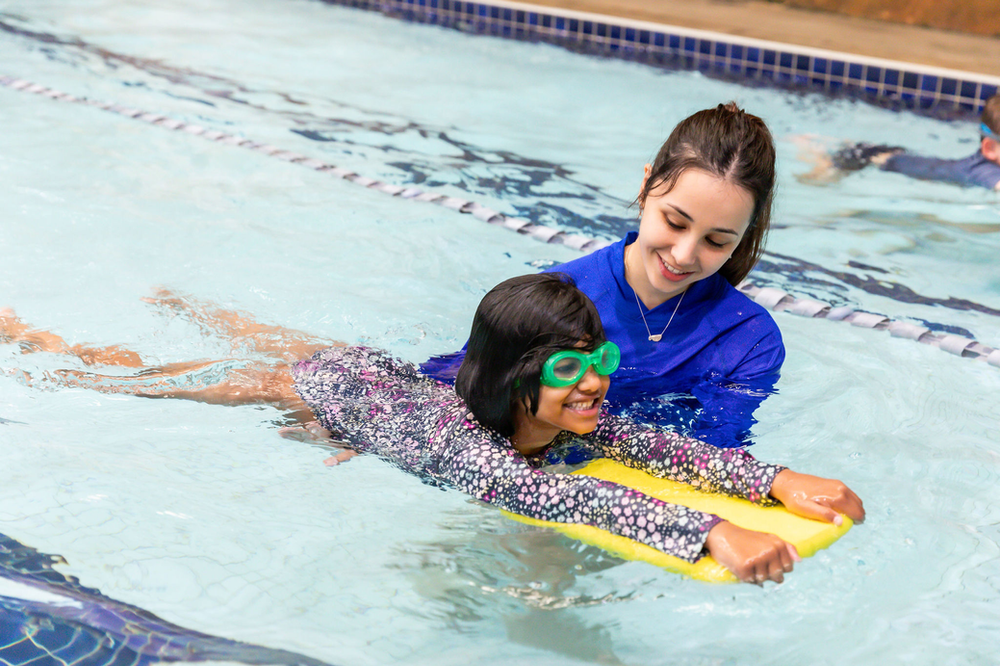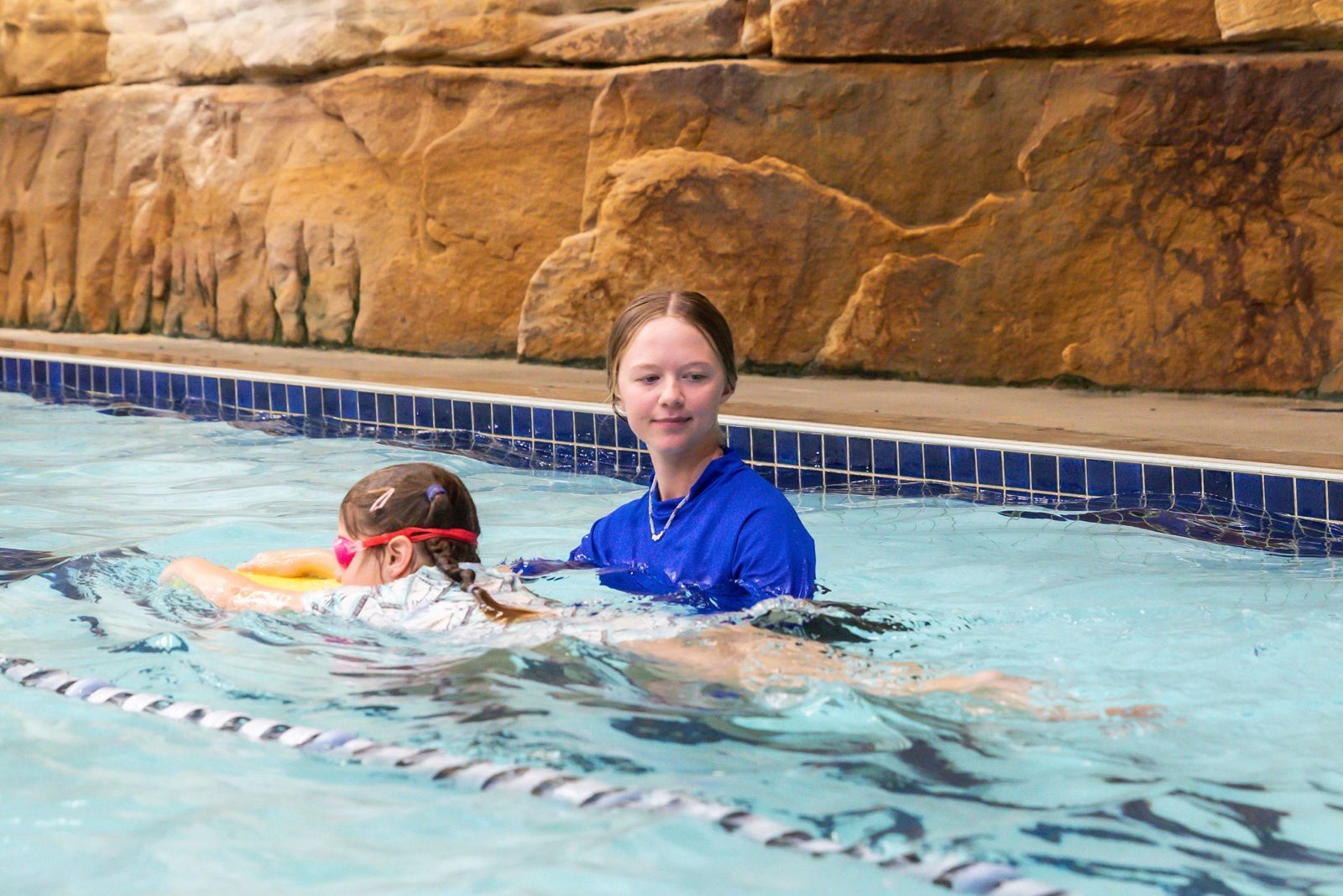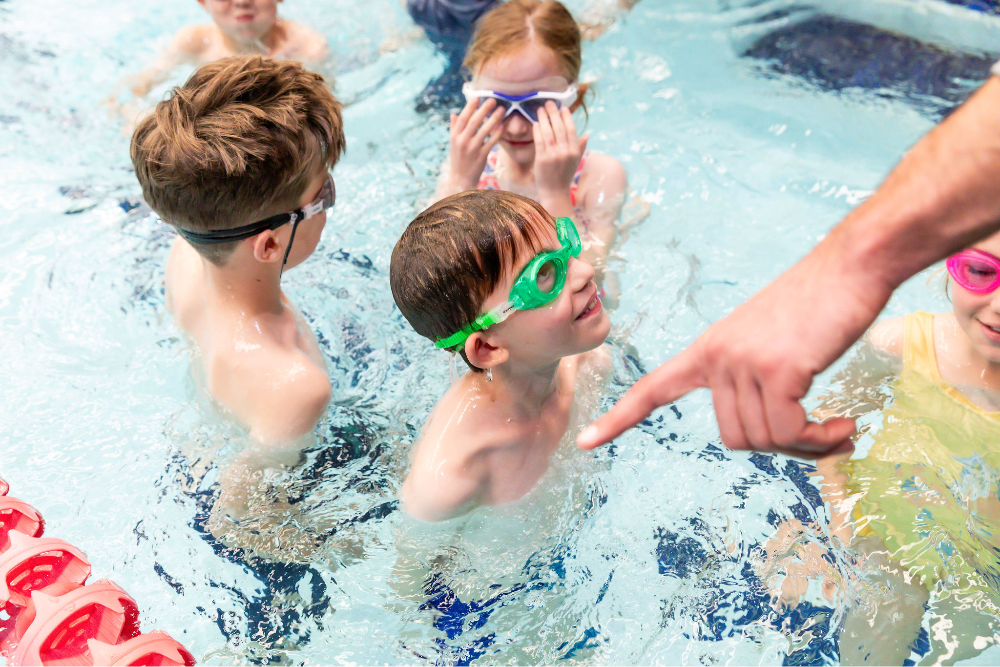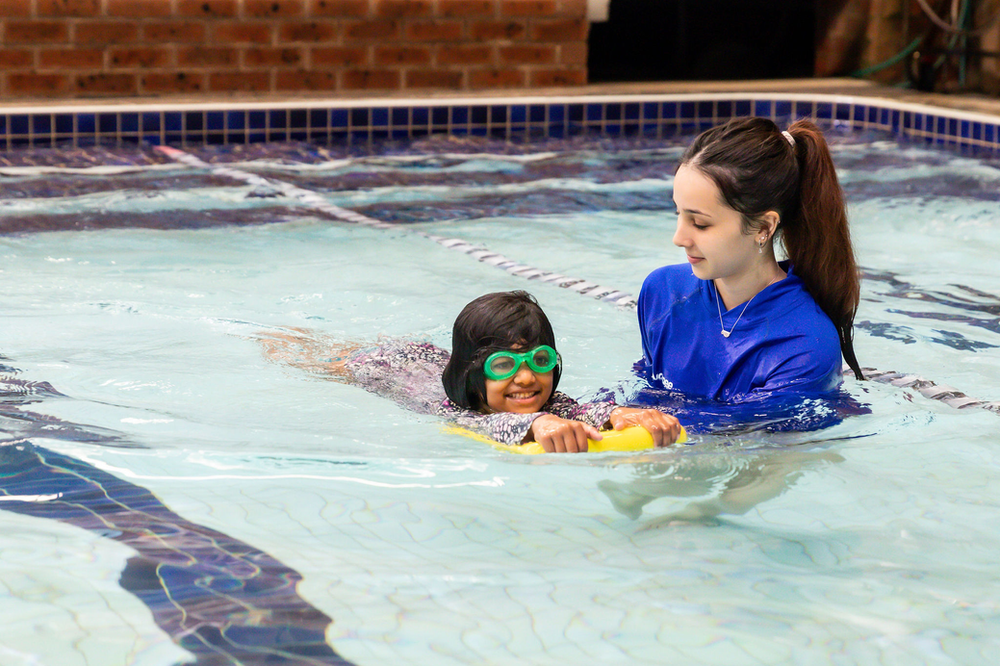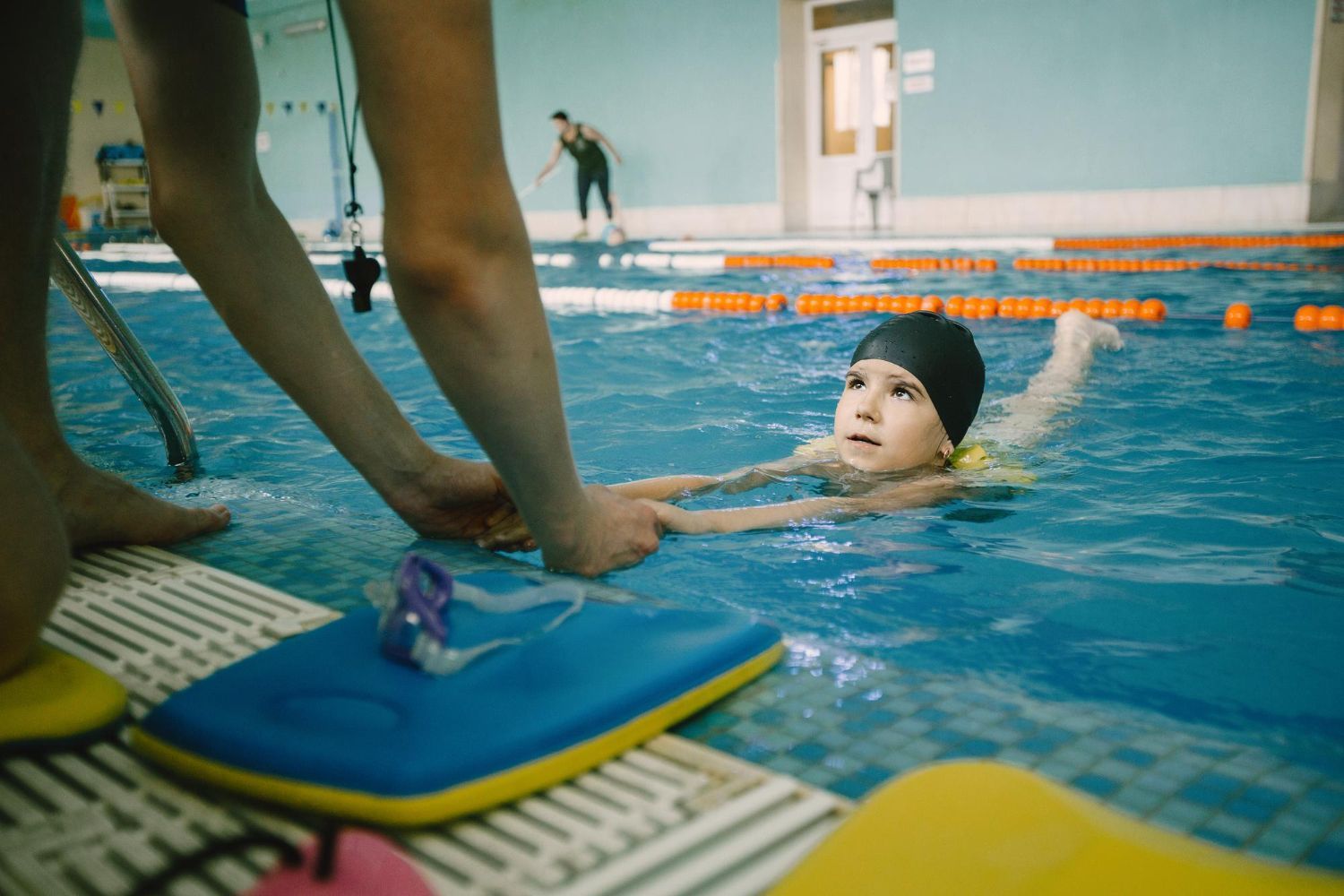The Art of Skill Transition: How Floatation Aids Facilitate Skill Mastery in Young Swimmers
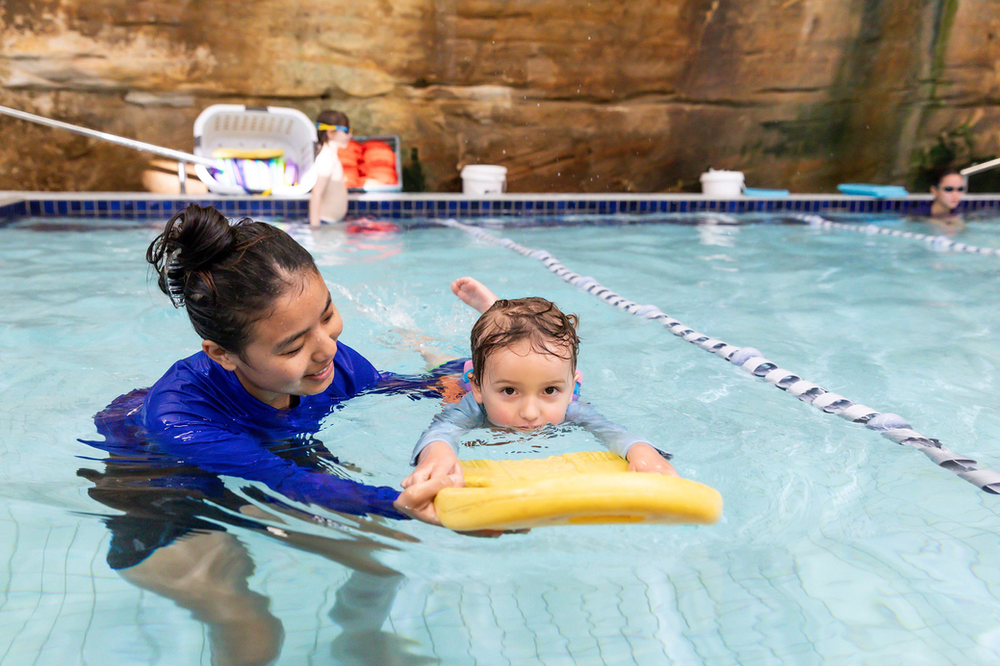
If you've ever watched a young swimmer taking their first dip, you know it's a fascinating blend of fear, excitement, and sheer determination. Finding their feet (or rather, their fins) in the water can be a daunting task, but with the right tools and techniques, they can master the art of swimming beautifully. This is where floatation aids come into play.
Floatation aids are not just fun pool toys; they are crucial tools in imparting water confidence and swimming skills to young learners. These aids come in various shapes and sizes—from arm bands and swim vests to pool noodles and kickboards. Each one serves a unique purpose in helping young swimmers transition from splashing around to swimming with ease.
So, let's dive a little deeper and explore the art of skill transition through the lens of floatation aids. We'll be looking at how they work, the ways they can be used to enhance learning, and why they are critical in helping young swimmers achieve skill mastery.
Diving into Success: The Use of Floatation Aids in Swimming Skill Transition
1. Floatation Aids: Types and Functions
Floatation aids are specially designed devices that help young swimmers feel more secure and confident in the water. Numerous types of floatation aids are available, with each serving a unique purpose in the development of specific swimming skills. Some popular examples include kickboards, arm floats, swim belts, and pool noodles.
Kickboards serve to isolate the lower body, allowing young swimmers to focus on perfecting their kicking technique and building leg strength. Arm floats or swim bands are inflatable devices worn around the upper arms, providing buoyancy and encouraging proper body positioning while learning to swim.
Swim belts, often used for backstroke and freestyle, promote balance in the water. Lastly, pool noodles can be utilised in a variety of ways, offering support for swimmers as they practice different strokes and techniques.
At Col Jones Swim Tempe, we incorporate these various floatation aids into our lessons to help students master foundational swimming skills in a fun, interactive, and supported environment.
2. Building Confidence and Overcoming Fear
One of the primary roles of floatation aids is to instil confidence in young swimmers as they navigate the initial stages of learning to swim. By providing additional support and buoyancy, floatation aids help children feel safe in the water, allowing them to overcome fear and engage with the learning process more effectively.
With the assistance of floatation aids, children can gradually acclimatise to the sensation of being submerged, reducing anxiety and promoting relaxation. This level of comfort and trust in their environment paves the way for progressive skill development and successful outcomes in swimming lessons.
Our experienced instructors at Col Jones Swim Tempe are well-equipped to help young swimmers feel at ease and achieve their goals through the strategic use of floatation aids.
3. Promoting Proper Technique and Body Positioning
Floatation aids are invaluable in helping learners develop and refine their swimming technique by encouraging proper body positioning in the water. A good body position is vital for efficient and effortless swimming, as it reduces drag and conserves energy. Floatation aids facilitate this by keeping the swimmer’s body aligned, balanced, and streamlined while they focus on specific techniques such as kicking or arm movements.
For instance, kickboards are commonly used to improve kicking skills, offering support for the upper body and enabling swimmers to concentrate on the smooth and steady movement of their legs. Swim belts, meanwhile, provide essential stability while learning backstroke and freestyle, ensuring that the swimmer maintains proper form throughout the learning process.
At Col Jones Swim Tempe, our dedicated instructors employ floatation aids to help our students develop strong foundational skills and instil proper technique from the very beginning.
4. Fostering Independence and Skill Mastery
Floatation aids are an essential component in promoting independence among young swimmers as they progress in their swimming journey. By offering a controlled level of assistance in the water, floatation aids ensure that children can better focus on executing and perfecting specific skills without the interference of external support.
Children develop a sense of self-reliance as they transition through the various stages of swimming mastery, with floatation aids bridging the gap between assisted swimming and independent swimming. As swimmers become more skilled and confident, they gradually reduce their reliance on floatation aids, eventually leading to full independence and mastery of various swimming techniques.
At Col Jones Swim Tempe, our structured lessons seamlessly integrate floatation aids into each learning stage, empowering our students to become confident, independent swimmers.
5. Adaptability and Versatility for Each Individual Learner
Floatation aids offer the flexibility to adapt to the unique needs and abilities of each individual swimmer. Since children learn at different paces and possess varying skill levels, floatation aids provide the perfect way to tailor each lesson, ensuring optimal learning outcomes for all.
Our experienced instructors at Col Jones Swim Tempe understand the importance of personalising lessons based on the individual needs of our students. As such, we incorporate a range of floatation aids to address each student's learning trajectory, helping them to excel at their own pace confidently.
Enhancing Skill Transitions: Floatation Aids at Col Jones Swim Tempe
The incorporation of floatation aids in swimming lessons is essential to unlocking the full potential of young swimmers. These invaluable tools provide crucial support, empower students with confidence, and foster skill mastery as children progress through their swimming journey.
At Col Jones Swim Tempe, our experienced instructors understand the importance of using floatation aids effectively to create a positive learning experience tailored to each individual's unique needs.
Discover the benefits of floatation aids and expert guidance by enrolling your child at our ,, swim school in Earlwood today—embark on a journey of skill development, confidence-building, and a love for swimming that lasts a lifetime.



